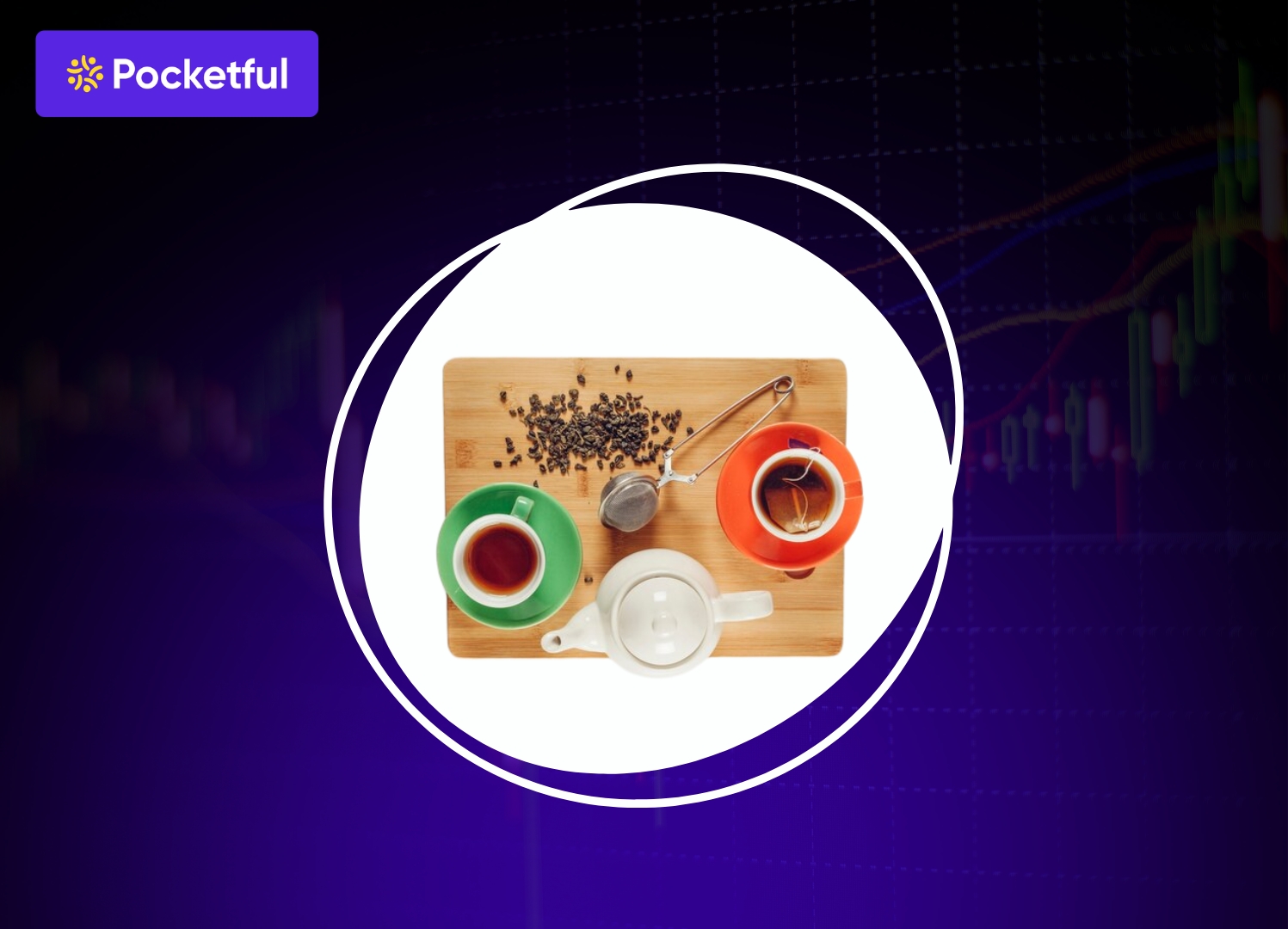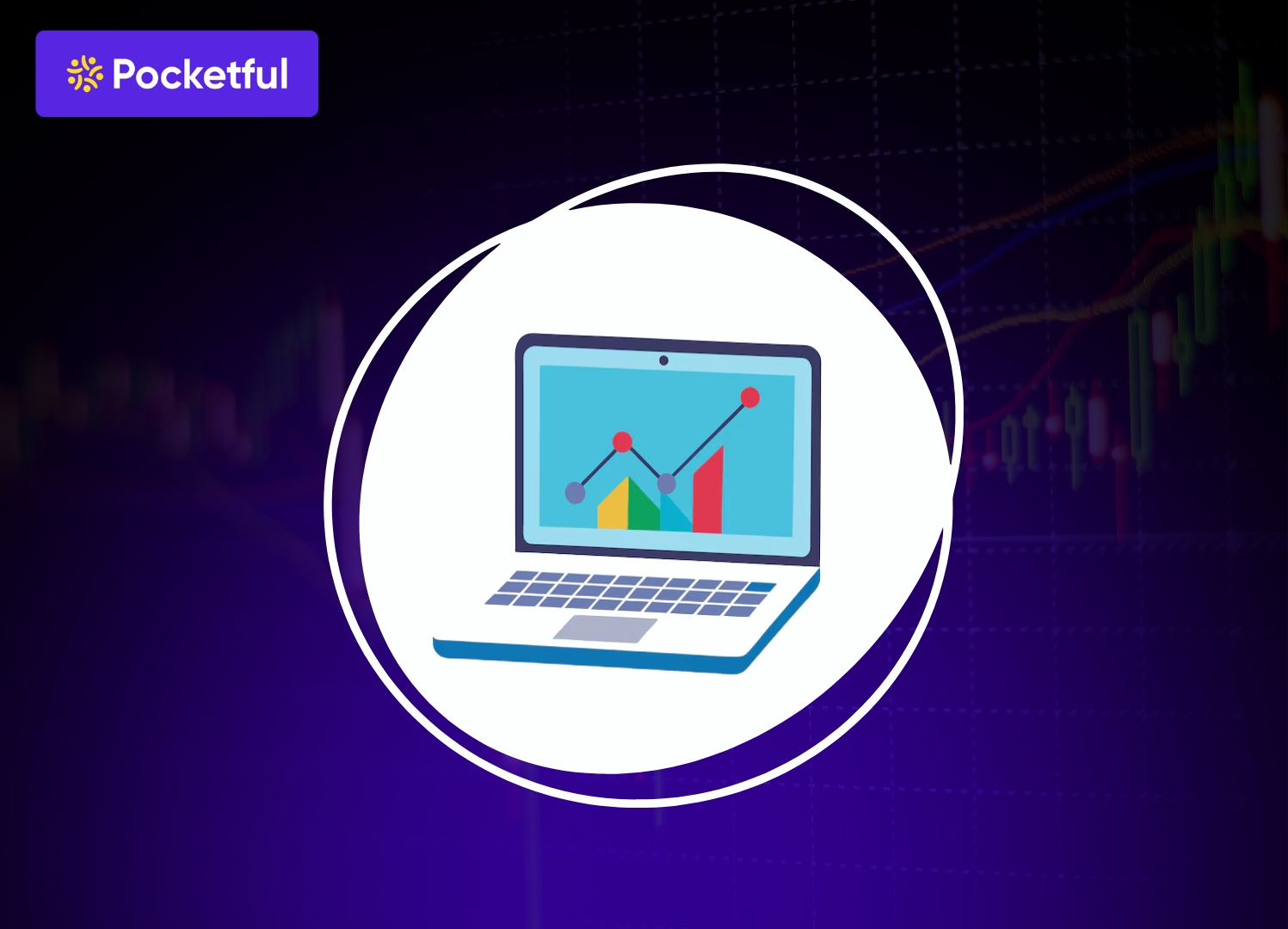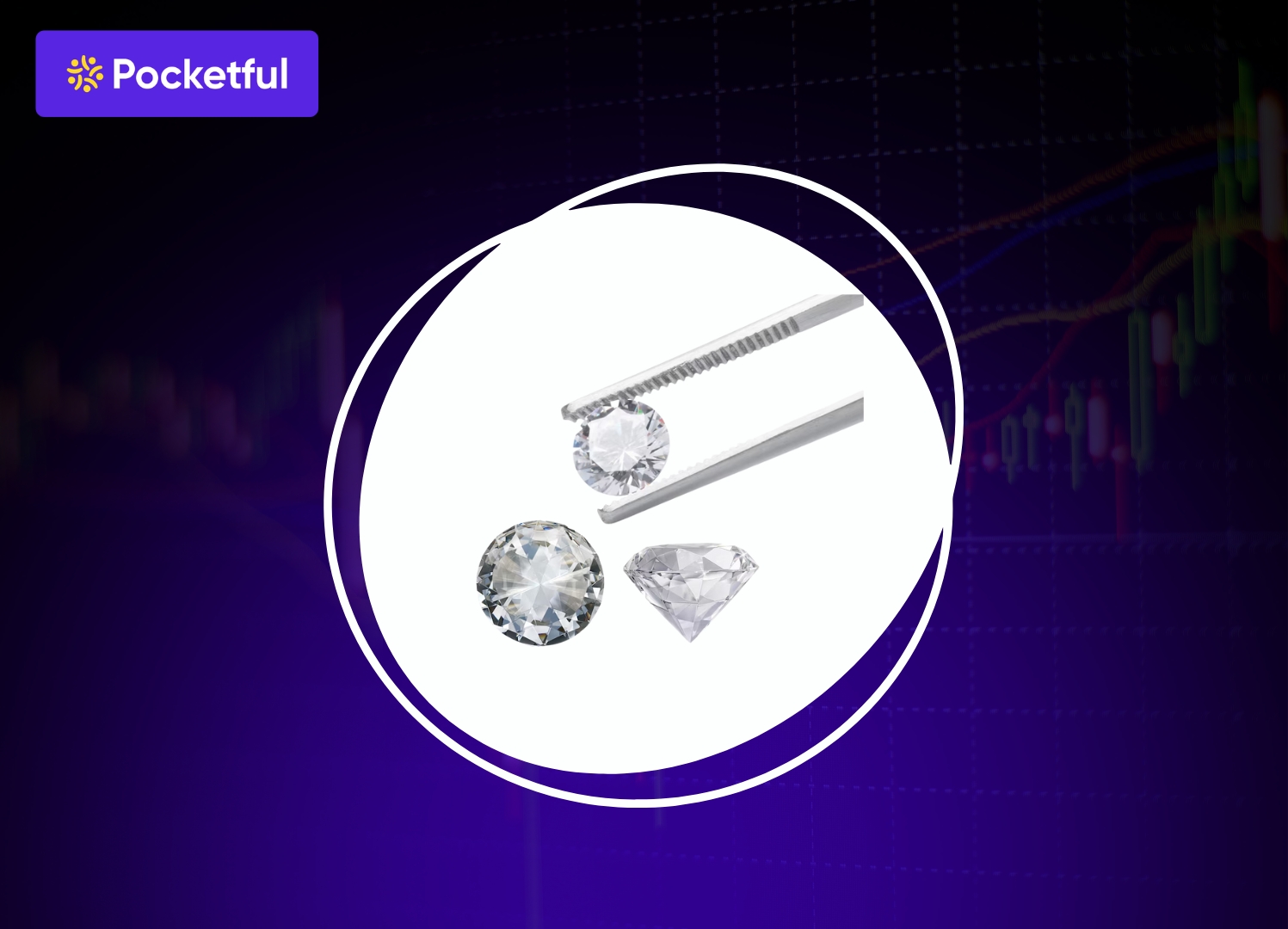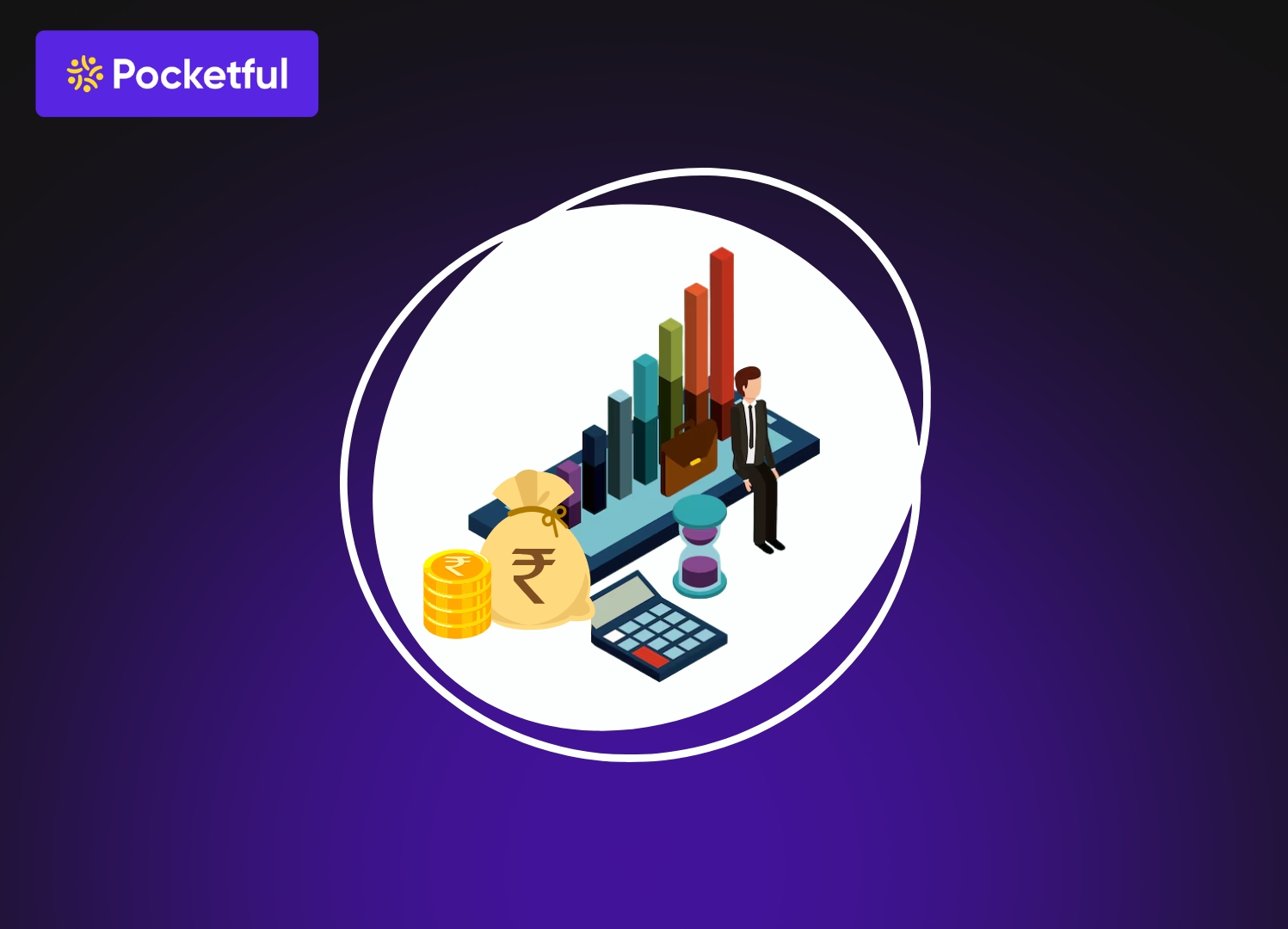Gold has always been considered one of the most-trusted assets across the world. There are various options through which one can trade in gold and earn short-term profit, offering flexibility, liquidity, and diverse strategies for different types of investors, while also acting as a reliable hedge against inflation, market uncertainty, and global economic volatility.
In today’s blog post, we will give you an overview of Gold Trading, along with the methods through which one can trade in Gold.
What is Gold Trading?
Gold trading involves buying and selling Gold in various forms, such as Gold ETFs and physical gold, to earn a profit from the price movement of gold. Trading in gold has been popular among investors for many centuries, as gold is considered a safe haven. An investor tries to identify the trend of the gold price. If the price moves up, they can go long or buy gold, and if they think the price of gold will fall, they can sell the gold to earn a profit.
Key Features of Gold Trading
The key features of Gold Trading are as follows:
- Gold trading offers liquidity as it can be bought and sold easily.
- In case of economic uncertainty, gold tends to be investors’ favourite because it performs well during such conditions.
- One can trade in gold using various options such as ETFs, physical gold, etc.
- There are market regulators who offer
Steps to do Gold Trading
The steps to start gold trading are as follows:
- Trading and Demat Account: The first step to start trading in gold is to open a demat and trading account. Pocketful offers you to open a lifetime free demat and trading account, with zero brokerage on delivery.
- Select the Gold Instrument: The next step is to identify the gold instrument in which you wish to trade. This selection is based on your risk tolerance, return expectation, etc.
- Analyse the Trend: Based on the historical data and technical analysis, you can identify the trend of gold prices.
- Adding Funds: Once you identify the trend, you are required to add funds to your trading account. You can do so using various online methods such as UPI, RTGS, NEFT, etc.
- Executing Order: As soon as the funds start reflecting in your demat account, you can place a buy or sell order based on the trend you have identified.
- Review: Regular monitoring of your position in gold is required. As there are various events which can significantly impact the movement in the gold price.
Read Also: What is Gold ETF? Meaning & How to Invest Guide
Types of Gold Trading
The various types of Gold Trading are as follows:
- Gold ETF: Gold ETFs are traded on the stock exchange. One is required to have a demat and trading account to trade in Gold ETFs. These funds are managed by the asset management companies and track the price of gold, similar to any other stock.You can easily open an account with Pocketful to start buying Gold ETFs and begin your investment journey seamlessly.
- Gold Future: Gold Futures are the exchange-traded contracts traded on the multi-commodity exchange or commonly known as MCX. In this, an investor buys and sells gold at a fixed price at a future date.
- Gold Options: Trading through gold options gives an investor the right but not the obligation to buy or sell gold at a set price before expiry. These contracts are also traded in MCX.
- Stocks: One can also invest in stocks of mining companies. The performance of these stocks depends on the operational efficiency of the company.
- Physical Gold: Most of the Indian investors purchase physical gold from the local jewellery shops and sell it when the market prices are high.
How to Calculate Profit in Gold Trading
The formula to calculate the profit in Gold Trading is mentioned below:
Profit in Gold Trading = (Selling Price – Buying Price) * Quantity
Let’s understand this with an example:
Suppose an investor purchases 10 grams of gold for INR 10,000 per gram.
And after 15 days, he sells the same quantity at 10500 INR per gram.
So in this case, the profit will be calculated as follows:
Profit in Gold Trading = (10500 – 10000) * 10
Profit = 5000
Therefore, the investor earns a net profit of INR 5000 from this trade after deducting all the relevant charges.
Read Also: Top 10 Reasons to Invest in Gold
Advantages of Gold Trading
The key advantages of gold trading are as follows:
- Diversification: One can easily diversify their investment portfolio by investing in Gold, as gold has a low correlation with the equity and debt asset classes.
- Liquidity: Trading in gold provides liquidity; one can easily enter and exit from their trades anytime.
- Hassle-Free: While trading in gold, no one needs to worry about the storage and purity concerns.
Disadvantages of Gold Trading
The major disadvantages of gold trading are as follows:
- Volatility: There are various factors due to which the price of gold fluctuates, such as inflation, demand for gold, interest rates, etc. Hence, one should keep a close eye on such factors.
- Risk: Trading in gold futures contracts involves margin or leverage due to this a small price change can lead to significant losses.
- Advanced Research: Trading in gold involves advanced research tools and knowledge; therefore, investors having expertise can trade in gold.
Read Also: Gold Investment: How to Invest in Gold in India?
Conclusion
On a concluding note, Gold Trading is among the most commonly used means of earning profit and creating wealth with limited risk. There are various types of contracts which allow an investor to trade in Gold, such as ETFs, gold options and futures, etc. However, gold trading requires a detailed understanding of margins, contract size, etc. Therefore, it is advisable to consult your investment advisor before making any investment decision.
Frequently Asked Questions (FAQs)
What is the best method to trade in Gold?
The best method to trade in Gold is futures and options contracts, as they offer high liquidity and are volatile in nature; therefore, one can earn profit from small movements in the gold price.
What is the meaning of Gold Trading?
Gold trading refers to the frequent buying and selling of different forms of Gold, such as spot, futures, options, etc.
What does margin refer to in Gold Trading?
Margin refers to the minimum amount which a trader is required to deposit with a broker to execute any buy or sell position in futures, spot and options contracts.
What are the factors which can affect the price of Gold?
The factors which can significantly impact the price of Gold include interest rate, inflation rate, economic data, etc.
Is it mandatory to have a demat account for trading in Gold?
Yes, it is mandatory to have a demat and trading account with a broker if you want to trade in Gold, Start easily with Pocketful today.










